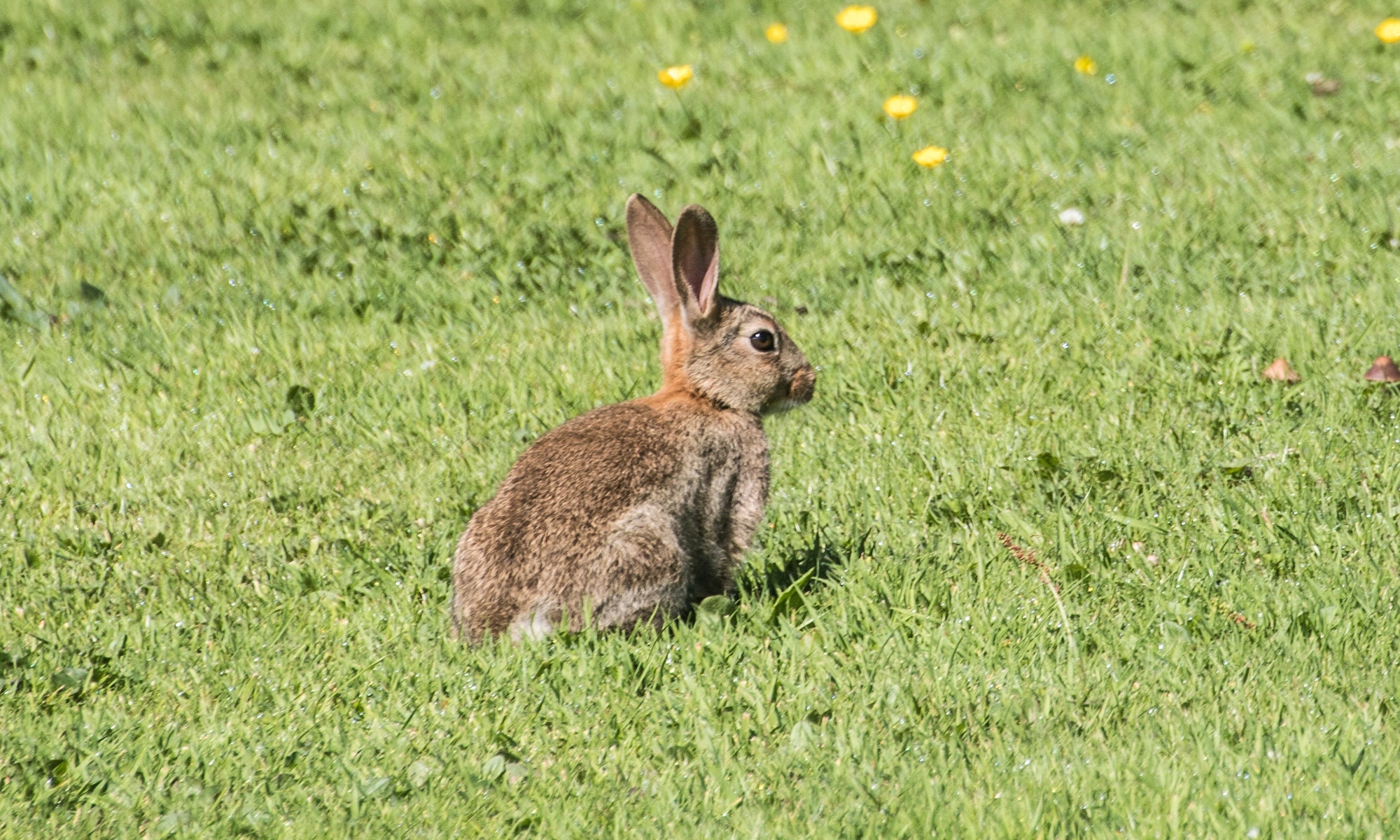What Can We Learn from Our Leporine Neighbors?
I have been watching the rabbits in our garden in the early morning hours as they nibble at the grass and momentarily stop to listen, before continuing with their nibbling. This process of nibbling, abrupt stopping and listening, nibbling and stopping and listening fascinates me. It is almost as if the rabbits realize that while they are busy nibbling grass, they can’t listen (or become aware of potential threats), hence they have to stop, albeit momentarily, to listen.
While the idea of stopping in the midst of daily activity is not new, it made me think about our communication intervention practices. I have been trained (and have also trained others for a long time) to understand that communication is an intentional, goal-oriented process of exchanging messages to achieve specific outcomes. The closer the outcomes resemble the initial intent, the more successful we deem the communication to be. But is communication with others really purposeful in that way? Is the process of developing meaning with others really that predictable?
Depending on the context, we communicate for different purposes; and each context (or purpose) has different requirements for success. For example, if I want to convey some information, I have to be familiar with the information myself and have the ability to express it in clear language so that others can understand. This is a purposeful process of identifying the knowledge to convey and then deciding how to convey it best.
In AAC intervention, this requires adequate access to vocabulary and language to allow the individual to formulate and express thoughts. Having world knowledge and the ability to formulate messages is, therefore, important.
However, the effectiveness of one’s communication with others goes way beyond the ability to formulate and transmit messages. It relies on your ability to free yourself from the original purpose of the exchanges to listen and interpret the behavior of others, without being self-absorbed or preoccupied. As Sharon Drew Morgan wrote in her essay, “Listening Biases: How Influencers Unwittingly Restrict Possibilities”…
The most surprising takeaway from my year of research for my book on closing the gap between what’s said and what’s heard was learning how little of what we think we hear is unbiased, or even accurate. Indeed, it’s pretty rare for us to hear precisely what another intends us to hear. Yet that doesn’t stop us from translating what’s said into what we want to hear.

So, similar to the rabbit, you need to be able to stop, listen, and observe—the goal being to allow yourself to modify the way you interact and be more responsive to others. This process is much more complex as you waver between what you want to communicate (purpose) and being receptive (cultivating an openness) to the other.
The ability to focus on the purpose of the communication needs to be followed by a period of silence or observation (i.e., cessation in behavior) to allow for a connection between people. In AAC intervention, this implies that attention is directed not only at what is communicated, but also to how the communicator becomes open or receptive to the other in interaction. This ability to open oneself to others, however, tends to be more intuitive and, hence, difficult to objectify and train.
As the professions of special education and speech and hearing become more focused on documenting the effectiveness of teaching and intervention, we need to be more attentive to how we can monitor our clients’ ability to stop and observe—that is, to be with others—don’t you think?



Excellent article. Mindfulness is the key!
Thanks Carol-Anne for posting this. Thanks Erna for writing it!